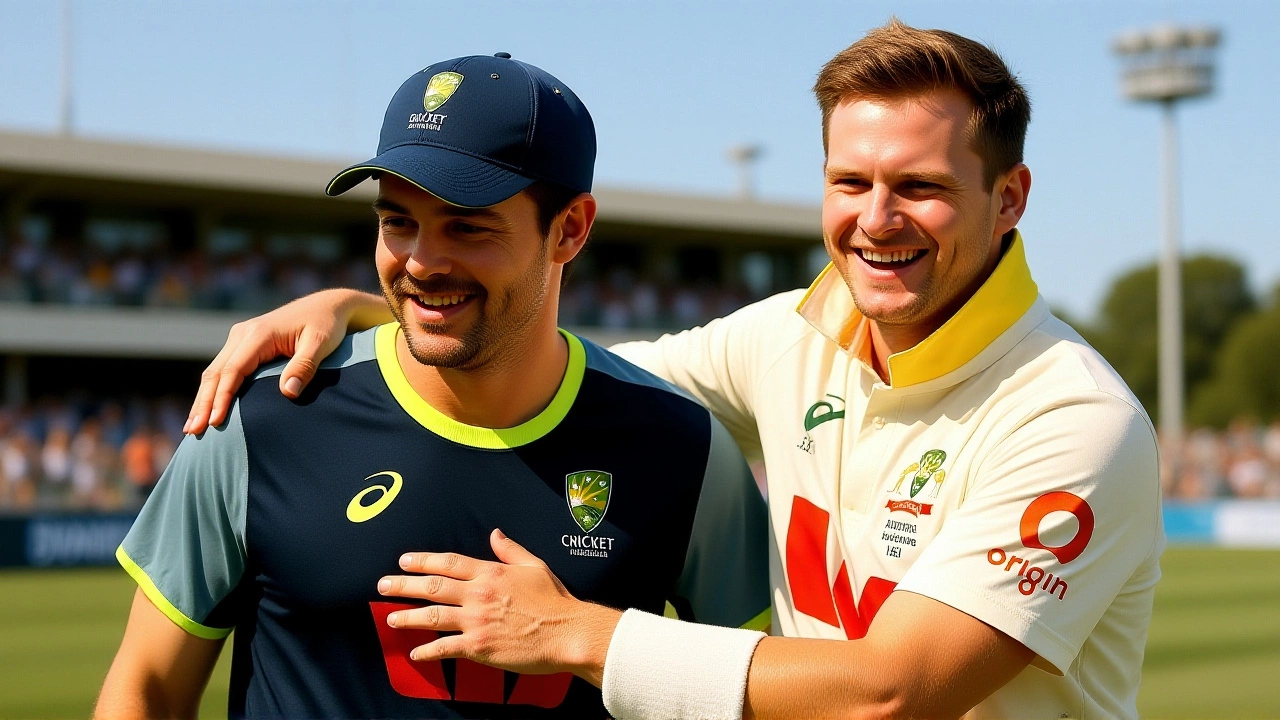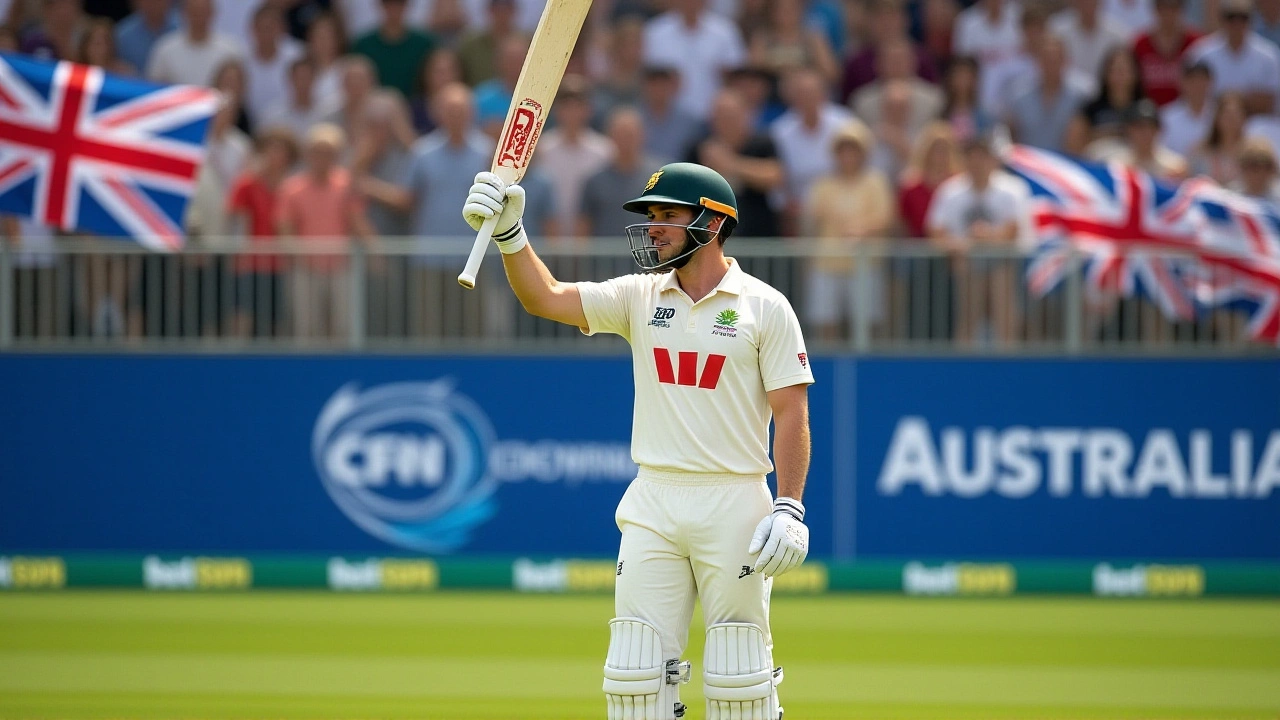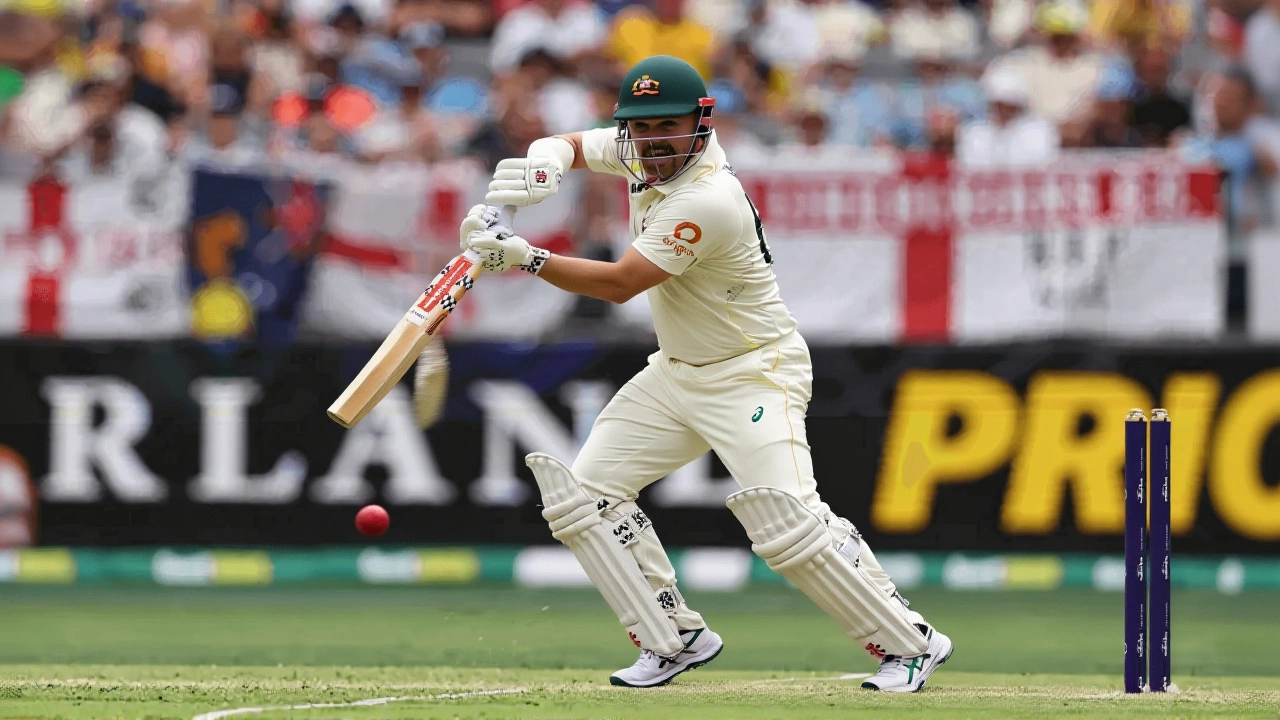Travis Head didn’t just bat—he detonated. On November 22, 2025, at The Gabba in Brisbane, the Australian opener smashed the fastest century by an Australian in Ashes history: 100 runs off just 69 balls. The innings didn’t just shock England—it redefined the fourth Test of the 2025-26 Ashes series, turning what looked like a tense, evenly matched contest into a runaway Australian charge. With England’s captain Ben Stokes left looking helpless as Head carved three boundaries in three balls, the pressure flipped overnight. And it all started because Usman Khawaja, Australia’s usual No. 3, was suddenly unavailable.
Why Head Was Moved Up
No one expected Travis Head to open. Not really. Usman Khawaja, the 38-year-old left-hander born in Islamabad and a veteran of 64 Tests, had anchored Australia’s middle order for years. His absence—unexplained, but likely injury-related—forced captain Pat Cummins into a bold, almost desperate move. Head, Australia’s vice-captain and a destructive force in white-ball cricket, was thrust into unfamiliar territory: the top of the order in a Test match against England’s fiercest attack. It wasn’t just a tactical gamble. It was a psychological one. Head, born in Adelaide on April 29, 1993, had always been known for his flair, not his patience. But this wasn’t about flair anymore. It was about dominance. And he delivered.The Innings That Broke England
The commentary from cricket.com.au’s broadcast was electric. At 48 seconds into the highlights, the announcer screamed: “50 up for Australia.” Not the team’s 50—the Head 50. He’d reached it in 42 balls. At 71 seconds: “Showing all his class at the moment.” Then came the moment that silenced the English camp. At 116 seconds, Stokes bowled. Head didn’t just hit the ball—he obliterated it. Three consecutive boundaries. One off the back foot, one over mid-wicket, one through the covers. The fourth ball? Another four. Four boundaries in one over. The scoreboard read: 100 needed. The crowd roared. The English fielders looked at each other like they’d just watched a magician pull a rabbit from a hat. At 203 seconds, it was over. “And he moves to ninety-nine. Guides it and gets the 100 short 69 balls but oh so sweet for Travis Head.” The crowd erupted. The scoreboard flashed: 100* off 69. The previous record? Matthew Hayden’s 76-ball hundred in 2006. Gone. Not just broken—erased.
The Ripple Effect
Australia’s first innings total? 387. Head’s 100 accounted for more than a quarter of it. But numbers don’t tell the whole story. England’s bowling attack—once feared, now rattled—was left with shattered confidence. Stokes, the captain and England’s talisman, bowled 14 overs, conceded 98 runs, and took no wickets. His usual aggression turned to frustration. After Head’s assault, England’s spinners were forced into early overs, and their seamers lost rhythm. The game didn’t just change—it flipped. Australia went from defending a modest total to dictating terms. By stumps on Day 2, England had lost two wickets and were 37 for 2, trailing by 350 runs. The momentum? Entirely Australian.What This Means for the Ashes
The Ashes, formally known as the Wisden Trophy, dates back to 1882. The 2025-26 series is the 73rd edition. Australia leads 2-1 heading into this Test. Now, with Head’s innings, they’re on the brink of reclaiming the urn on home soil for the first time since 2019. The fifth and final Test, scheduled for December 14 at the Sydney Cricket Ground, looms large. If Australia wins here, they’ll seal the series with a 3-1 margin. Cricket Australia, headquartered in Phillip, Australian Capital Territory, called Head’s knock “one of the great Ashes hundreds.” That’s high praise from an organization that’s seen Bradman, Warne, and Ponting. But this wasn’t just great—it was historic. And it came from a man who wasn’t even supposed to be opening.
What’s Next?
England’s options are thin. They’ll need Stokes to rediscover his bowling spark, and their top order—already shaky—must find resilience. But after watching Head dismantle their attack, confidence is the one thing they can’t manufacture. Australia, meanwhile, will likely stick with Head at the top. Why change a formula that just shattered records? And if he carries this form to Sydney? The Ashes could be wrapped up before Christmas.Frequently Asked Questions
How does Travis Head’s 69-ball century compare to other fast Ashes centuries?
Head’s 69-ball hundred is now the fastest by an Australian opener in Ashes history, surpassing Matthew Hayden’s 76-ball century in 2006. Among all Ashes openers, only England’s Jack Hobbs (67 balls in 1911) and David Gower (68 in 1981) have reached triple figures faster. But Head’s innings is the fastest ever against England on Australian soil, making it uniquely historic.
Why was Usman Khawaja absent from the Test?
Cricket Australia has not officially disclosed the reason for Khawaja’s absence, but sources suggest a hamstring strain sustained during practice. The 38-year-old has been managing minor injuries throughout the series, and his absence forced a reshuffle that ultimately backfired for England. His replacement, Head, was the perfect storm of aggression and timing.
What impact did Head’s innings have on England’s bowling strategy?
England’s plan to target Head’s weakness against short-pitched bowling collapsed within 15 overs. After he punished Stokes for three boundaries in three balls, England abandoned their plan to bowl wide of the crease. They shifted to fuller lengths, but Head adapted instantly, stepping out and driving through the line. By the end of the over, Stokes’ economy rate had jumped from 3.8 to 6.9.
Could this change Australia’s long-term batting order?
Absolutely. While Khawaja is expected to return for the Sydney Test, Head’s performance has made him a permanent fixture at the top. His ability to dominate new balls and neutralize early pressure has proven invaluable. Australia may now see Head as their long-term opener, even if Khawaja regains fitness—especially with his ODI and T20 form already elite.
How does this innings rank among all-time Ashes greats?
While not as technically flawless as Don Bradman’s 270 at The Oval in 1930, Head’s innings matches the psychological impact of Michael Vaughan’s 111 at Edgbaston in 2005 or Ian Botham’s 149* at Headingley in 1981. It was a game-changer delivered under pressure, with the series on the line. In terms of sheer intensity and timing, it’s already being whispered among fans as one of the most electrifying Ashes innings ever.
What’s the significance of The Gabba in this series?
The Gabba, with its 42,000-seat capacity and fast, bouncy pitch, has been Australia’s fortress since 2000. Teams rarely win here. In the last 10 Ashes Tests at The Gabba, Australia has won nine. Head’s century wasn’t just fast—it was perfectly timed for the conditions. The pitch offered pace and carry, and he punished every half-volley. It’s now the most iconic innings at The Gabba since Steve Smith’s 239 in 2017.




